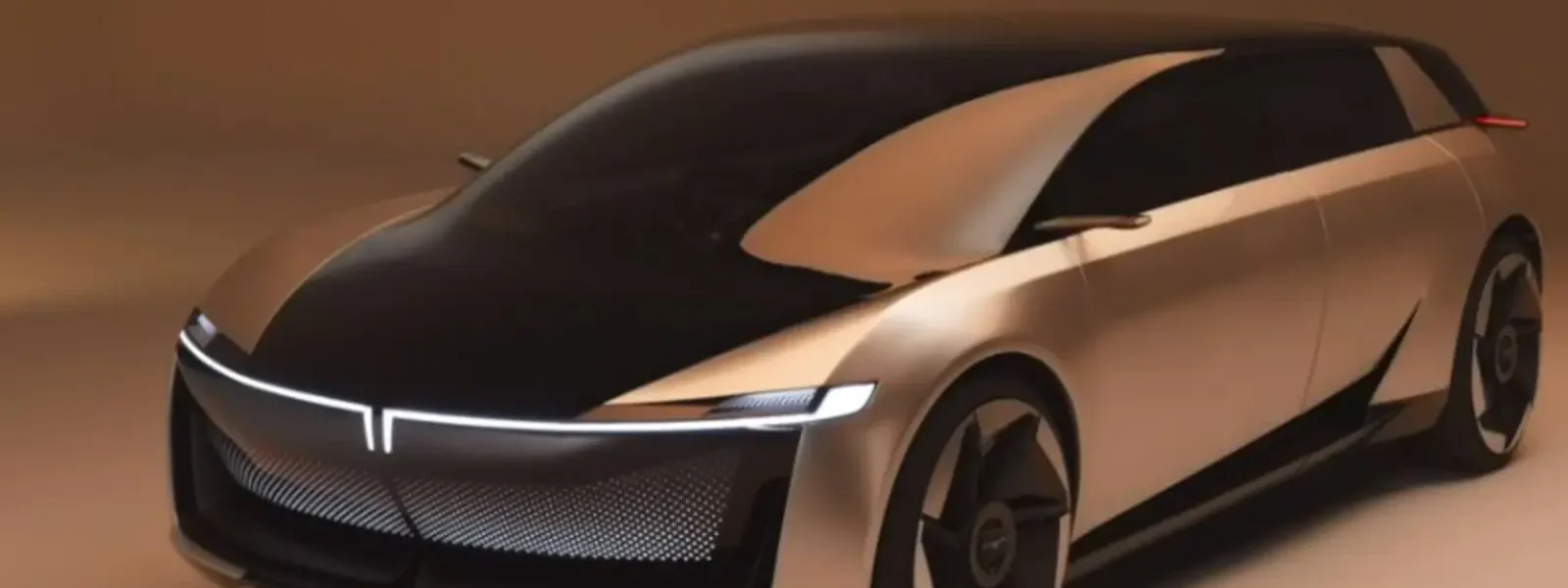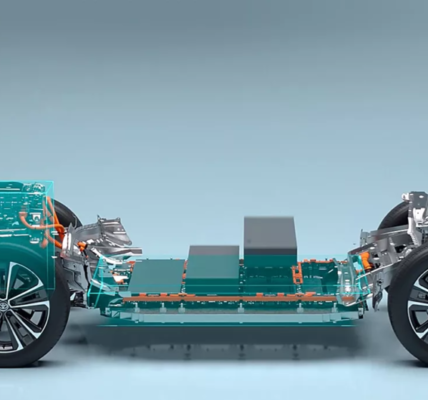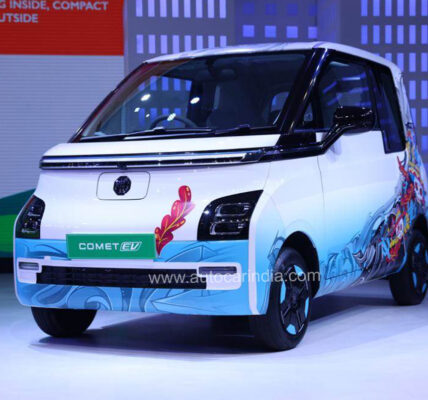Tata Motors announced today that .ev will be the brand identity for its electric vehicle business. The .ev brand will be used by Tata Motors’ Passenger Electric Mobility division, and for now at least, it will not cover Tata Motors’ electric commercial vehicles.
Speaking to Autocar India about the branding Vivek Srivatsa, head, Marketing, Sales and Service Strategy, Tata Passenger Electric Mobility Ltd says, “The dot signifies digitisation, which is a big part of electric mobility, and Tata.ev thus announces our entering of a new era.”
The .ev moniker first appeared on the electric Tiago, followed by the electric Tigor. However, while both use the .ev identity in all marketing communication, only the Tiago got a badge on the vehicle itself. Going forward, Tata.ev will be the overall brand identity, and individual electric models will also carry the .ev suffix, like the electric Tiago.
The branding will thus also serve to differentiate ICE and EV versions of the same model, however, it’s not clear yet if the brand would carry this over to the upcoming Avinya-based born-electric model. “It’s a brand identity we want to broadly take across, but for now, their (born EVs) eventual branding is not yet decided,” said Srivatsa on the possibility of the .ev branding being used for born-electric vehicles.
Tata has also revealed a logo for its .ev brand, with the ‘ev’ wordmark enclosed within a circle that stylistically begins and ends with the dot mark. The company says that this signifies the environmental-friendly circular ecosystem that it is progressing towards. It also adds that they have designed all the new marketing collateral keeping an eco-friendly approach in mind. Thus, print materials are designed on a white background, which reduces ink usage, whereas digital collaterals use a dark-mode style and are designed on a black base, thereby reducing battery consumption. The latter are also designed with a low file size for quick and efficient downloads. While these, individually, might appear to be small steps, collectively they do add up. There are brands across the globe that are now focusing on these elements.






